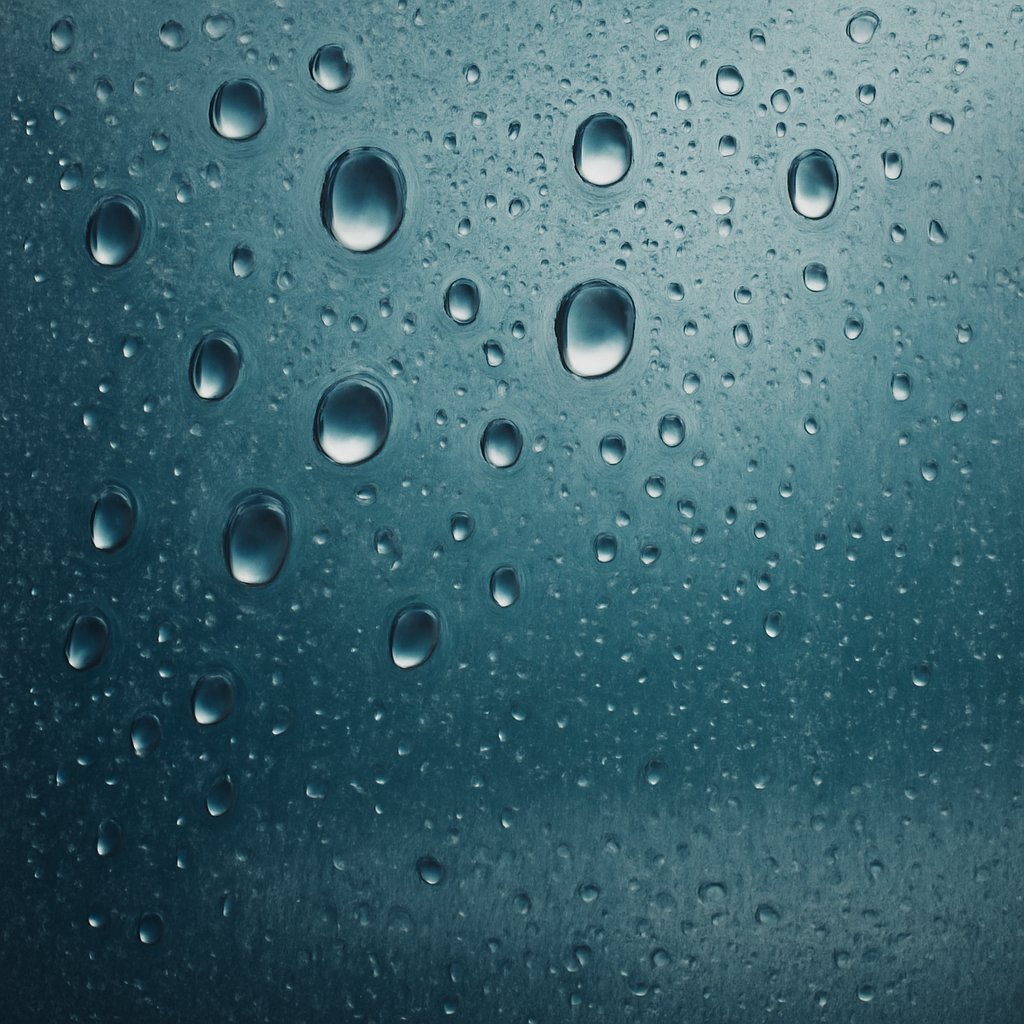Key Takeaways
- Condensation involves water vapor cooling down and transforming into liquid droplets on surfaces or particles.
- Precipitation occurs when water droplets in clouds grow large enough to fall to the ground as rain, snow, or other forms.
- Condensation is a process that primarily happens in the atmosphere but also on surfaces, while precipitation is the result of accumulated water falling from clouds.
- The transition from condensation to precipitation marks the progression from moisture gathering to water returning to earth’s surface.
- Both processes are vital to the water cycle but serve different roles in moving water through the environment.

What is Condensation?
Condensation is the process where water vapor cools and turns into tiny liquid droplets. It occurs when warm, moist air contacts cooler surfaces or air layers.
Surface-Level Condensation
This happens when warm air hits cold objects like windows, causing moisture to form on surfaces. It often results in foggy windows or dew on grass in the mornings,
Atmospheric Condensation
In the sky, water vapor cools as it rises, forming clouds. These droplets cling to dust particles and other aerosols, creating visible cloud formations.
Role in Cloud Formation
Condensation is the initial step in cloud creation, where water vapor gathers into tiny droplets that cluster together. This process is essential for the development of weather systems.
Temperature’s Impact
Lower temperatures promote condensation by reducing vapor’s ability to stay in gaseous form. This is why clouds form at high altitudes where it’s colder.
Condensation and Humidity
High humidity levels increase the likelihood of condensation, as the air already contains considerable moisture. It often leads to dew or fog in the early mornings.

What is Precipitation?
Precipitation is water released from clouds when droplets or ice particles grow and become heavy enough to fall. It includes forms like rain, snow, sleet, and hail.
Formation of Precipitation
Inside clouds, water droplets collide and merge, growing larger. Once they reach a critical size, gravity pulls them downward as precipitation.
Types of Precipitation
Depending on temperature and atmospheric conditions, it can manifest as rain, snow, sleet, or hail, each with distinct formation processes.
Droplet Growth Mechanisms
Droplets increase in size through collision-coalescence or ice crystal growth, which are essential steps before falling to the ground.
Precipitation’s Effect on Weather
This process influences weather patterns, replenishes water sources, and affects ecosystems, climate, and agriculture.
Impact of Altitude and Temperature
Higher altitudes and colder temperatures favor snow and hail formation, while warmer conditions lead to rain or drizzle.
Comparison Table
Below is a detailed comparison of condensation and precipitation across different aspects:
| Parameter of Comparison | Condensation | Precipitation |
|---|---|---|
| Process Initiation | Water vapor cools and forms droplets on surfaces or aerosols | Cloud droplets grow large enough to fall due to gravity |
| Location | Occurs on surfaces, in clouds, or in the atmosphere | Happens in the sky, falling to earth’s surface |
| Trigger Conditions | Temperature drops or surfaces cool down | Droplets reach critical size, aided by collision and coalescence |
| Resulting Forms | Dew, fog, or cloud formation | Rain, snow, sleet, hail |
| Role in Water Cycle | Precedes cloud formation and moisture gathering | Returns water from atmosphere to earth’s surface |
| Energy Exchange | Releases latent heat during droplet formation | Involves release of heat during freezing or melting processes |
| Speed of Occurrence | Gradual, depending on cooling rates | Sudden, once droplets are heavy enough |
| Impact Factors | Surface temperature, humidity levels | Cloud thickness, temperature, and droplet size |
| Visual Indicators | Dew on grass, fog on windows | Rain drops, snowflakes, hailstones |
| Environmental Role | Contributes to dew formation and cloud development | Fills lakes, rivers, and replenishes groundwater |
Key Differences
Here are clear distinctions between condensation and precipitation:
- Origin of Water — Condensation involves water vapor cooling into droplets, while precipitation involves water droplets or ice falling from clouds.
- Physical State — Condensation transitions vapor into liquid or solid form on surfaces or particles, whereas precipitation involves the descent of these formed droplets or ice.
- Location of Occurrence — Condensation mainly occurs on surfaces or within clouds in the atmosphere, whereas precipitation happens below cloud level, reaching the ground.
- Energy Exchange — Condensation releases heat into the environment during droplet formation, whereas precipitation generally involves the release of latent heat during phase changes like freezing.
- Impact on Visibility — Condensation creates fog or dew affecting visibility at ground level, while precipitation influences weather conditions like rainfall or snowfall.
- Role in Water Cycle — Condensation is a preparatory step leading to cloud formation, while precipitation is the process that returns water to earth’s surface.
FAQs
What factors influence the size of droplets during condensation?
Temperature, humidity, and the presence of aerosols affect droplet size, with higher humidity and aerosols promoting larger droplets through condensation on particles.
How does the type of precipitation affect local ecosystems?
Rain supports plant growth and replenishes water bodies, while snow insulates the ground, slowly releasing water as it melts, influencing seasonal water availability.
Can condensation occur without leading to precipitation?
Yes, condensation often forms dew or fog without leading to precipitation, as droplets may not grow large enough to fall due to insufficient collision or coalescence.
What role does air circulation play in precipitation formation?
Air currents facilitate the collision and merging of droplets, helping them grow large enough to fall, and influence cloud development and the distribution of precipitation.
Although incomplete.
